2014.09.23
Large number of undersea vent chimneys found off Kume
Japan Coast Guard announced Sep. 19th that so far the biggest group of vent chimneys, also known as hydrothermal vents, within Japan’s exclusive economic zone (EEZ) was found in the waters off Kume Island.
A vent chimney is a geological formation in the form of stack, which is made of metals like copper, lead and iron that have melted as the superheated hydrothermal ocean water belching from under the sea floor and low-temperature sea water react together. There have been some chimneys found around Japanese waters, including a 33-hectare area to the northwest of main island of Okinawa, and a 18-hectare area off Ogasawara Islands.
As they build up, the vents deposit copper, lead, zinc, and other minerals including gold and silver around them in tower-like formations, and thus the name vent chimney. The Coast Guard mined samples from the deposits and found enough to speculate that, “One could look at them as a future commercial mineral resource.”
According to Japan Coast Guard, the group of chimneys is 1,400 meters below the sea surface off Kume Island, in an area ranging about 45 hectares. “There are more than 100 chimneys, and it is the largest group found under the seas surrounding Japan so far,” a Coast Guard spokesman said.
At the end of June, an unmanned exploration robot, AVU, found the chimneys and the National Institute of Advanced Industrial Science and Technology, AIST, Japan Oil, Gas and Metals National Corporation, JOGMEC, and Japan Agency Marine-Earth Science and Technology, JAMSTEC mined the site for an analysis. The results showed that copper, lead and zinc are the most common minerals in the chimneys. A small amount of gold and silver was also detected.
A person involved in the project says, “There is not much bottom topography data available from areas around Kume Island. It’s possible to discover new evidence in the future, and it’s highly expected these areas would become mineral resources in the future.”

 2024.07.07
2024.07.07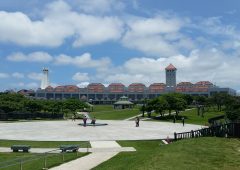 2024.06.21
2024.06.21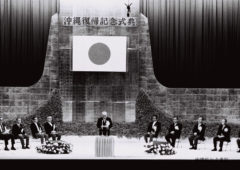 2024.05.15
2024.05.15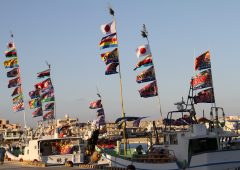 2024.02.07
2024.02.07 2024.01.31
2024.01.31 2023.11.02
2023.11.02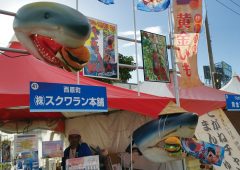 2023.10.26
2023.10.26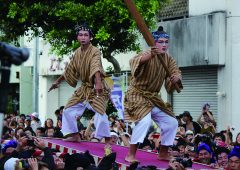 2023.09.29
2023.09.29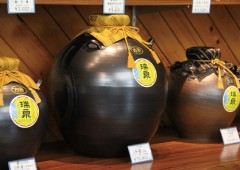 2023.09.01
2023.09.01






